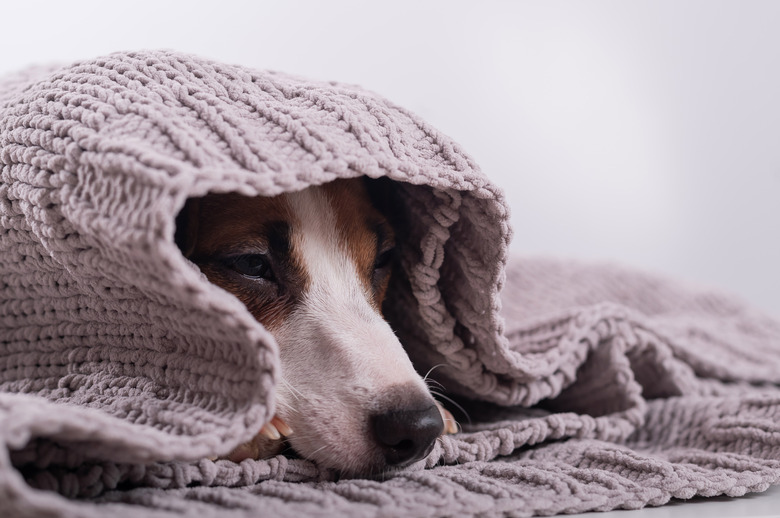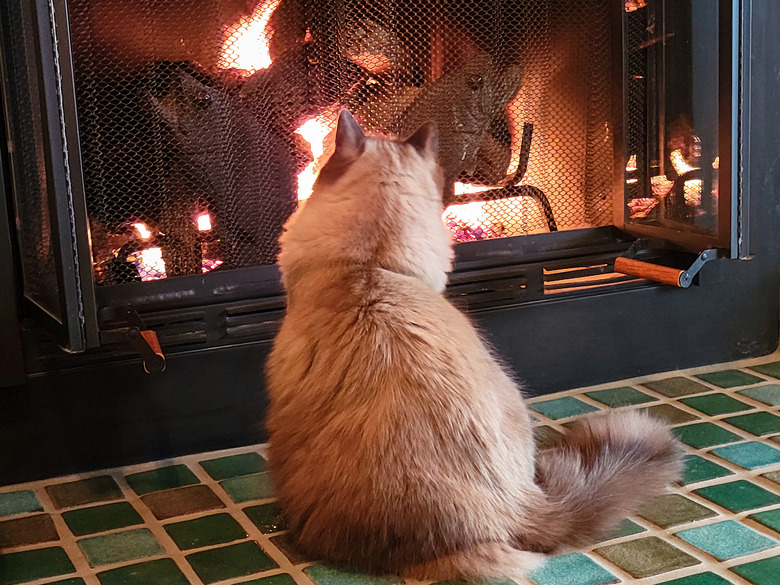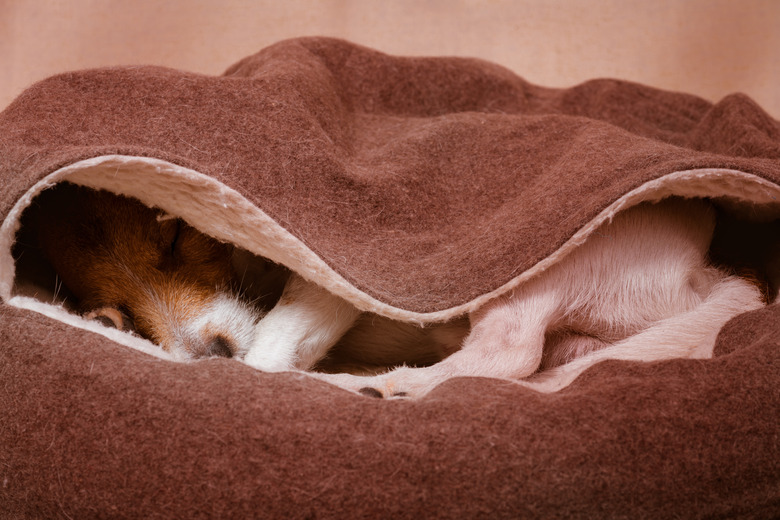How To Keep Pets Safe Around Heaters, Radiators, And Other Warming Devices
As the temperatures drop during the late fall and winter season, people will often look to warming devices other than just their home heater to keep from freezing. For many people, these devices are relied on entirely to keep a home warm. We may not be at risk of overheating from items like heated blankets or space heaters, but what about our pets? What are the best ways to keep our pets warm and safe this winter season?
Pets and room warmers
Pets and room warmers
Most homes use one of two types of heating system: forced-air central heating, or radiators, the latter of which is especially common in apartments. Forced air uses natural gas to reheat the air inside of your home where it is then released through vents, usually near the floors, while radiators use electricity to heat the radiator and air surrounding it.
Radiators and forced-air central heating vents
Radiators and forced-air central heating vents
Radiators can become hot to the touch in some cases, so be careful to not let your pet get too close if you notice the surface feels warm. Forced air vents aren't really hot, but the air coming from them is warm so pets shouldn't lay directly on them.
Fireplaces
Fireplaces
Fireplaces can also warm a home, and make for a cozy and comfortable atmosphere, but loose tinder or pops of wood can burn a dog if there is no grate between the fire and your room. Some small animals, like hamsters or guinea pigs, may find the heat especially enticing and could burn themselves if they get too close, so it's always best to keep small pets away if you have a fire going in your home.
Space heaters
Space heaters
Space heaters are sometimes used to heat a home, or to add a bit of extra warmth to a room or area of a room, and modern models are generally safe as the heating components are hidden within the device. Older space heaters, however, may feature wires that heat up, which are hot to the touch and can burn a pet. However recent your electric space heater is, all space heaters are potential fire hazards due to their high wattage and use inside of confined spaces. Some space heaters are only meant for outdoor use, like propane and kerosene heaters, and should never be used in a room with a pet, especially if your pet might be left unattended with it for any amount of time.
Heating pads and heated blankets
Heating pads and heated blankets
Heated blankets and heating pads are a great way to stay cozy and warm while you lay down, and can also ease sore or tight muscles in the body. If your home is drafty or cold, or if you have an older dog or a short-haired dog who has trouble staying warm on her own, you may be tempted to use it on them as well. Heating pads and blankets can be used on pets, although it is recommended that a thin towel be placed between the pad and your pet's skin to avoid possibly burning your companion. Heated dog beds or pet pads, or covered dog beds are available for sale with many online retailers and in some pet supply stores and are designed for pets to lay on top of and inside of them.
Keeping pets warm safely
Keeping pets warm safely
No one likes to be cold in their own home, and the same goes for our pets. If you wish to use a space heater to warm a room that your pet is in, make sure it's working properly to avoid the risk of starting a fire, and take care to not leave it unattended for long periods of time, and don't leave it on while you're asleep. If you can, keep the heater elevated and away from your pet to prevent knocking it over, and keep it away from wet spaces, like right by the front door or under a sink. Some pets will be drawn to the warmth of a small heater or fireplace, so always do your best to keep as much space between the heat source and them with tables, fireplace guards, and other barriers.
A heated blanket is generally safe to use for short periods of time, but shouldn't be placed directly on your pet's skin, and your pet should never have his head buried under it. If you need to keep your dog or cat warm, try draping a regular blanket over them first. If your pet is shivering cold and you need extra help keeping him warm, look into heated pet beds or mats, which are created with low voltage to heat up to your pet's needs in the safest way possible.


